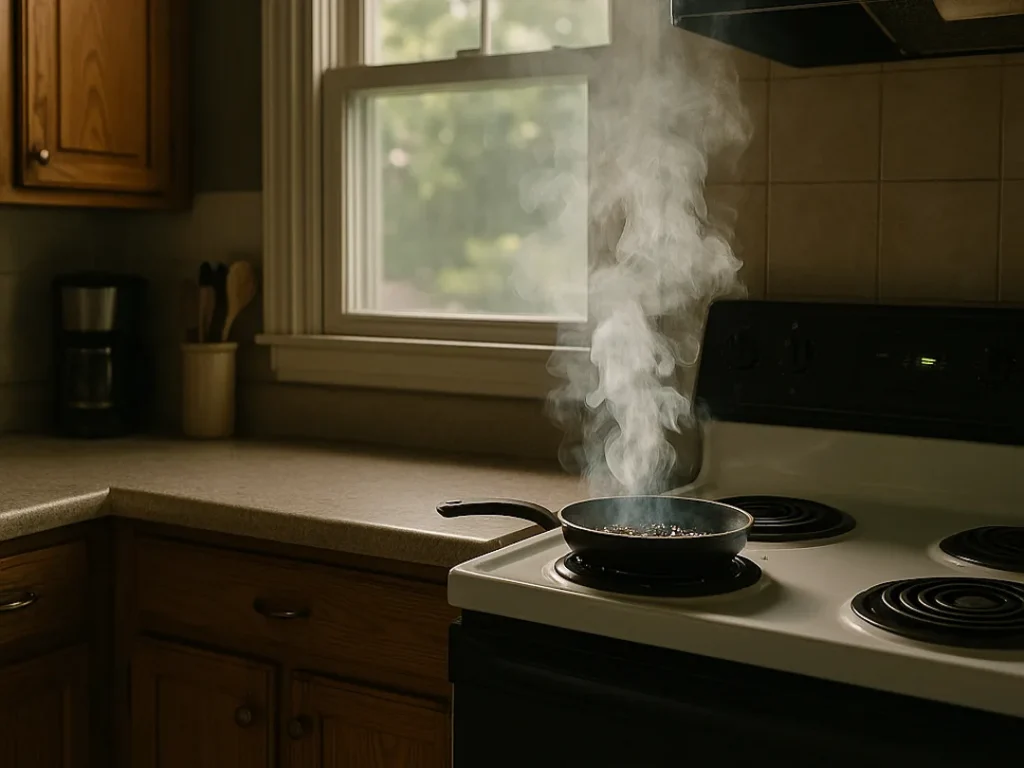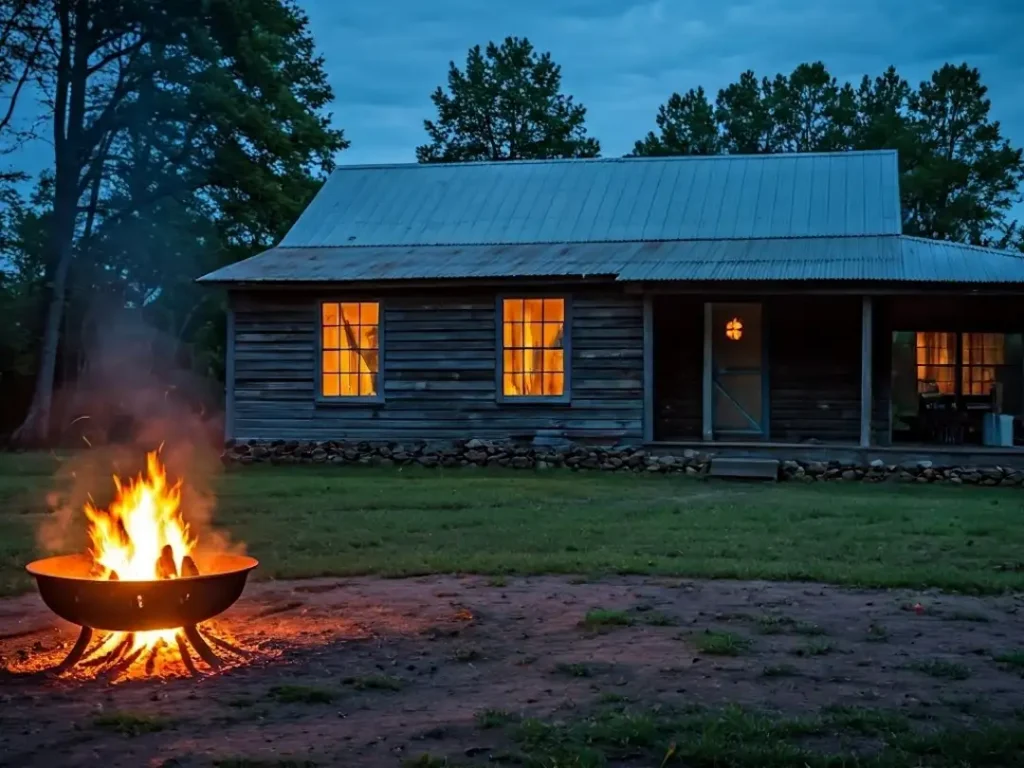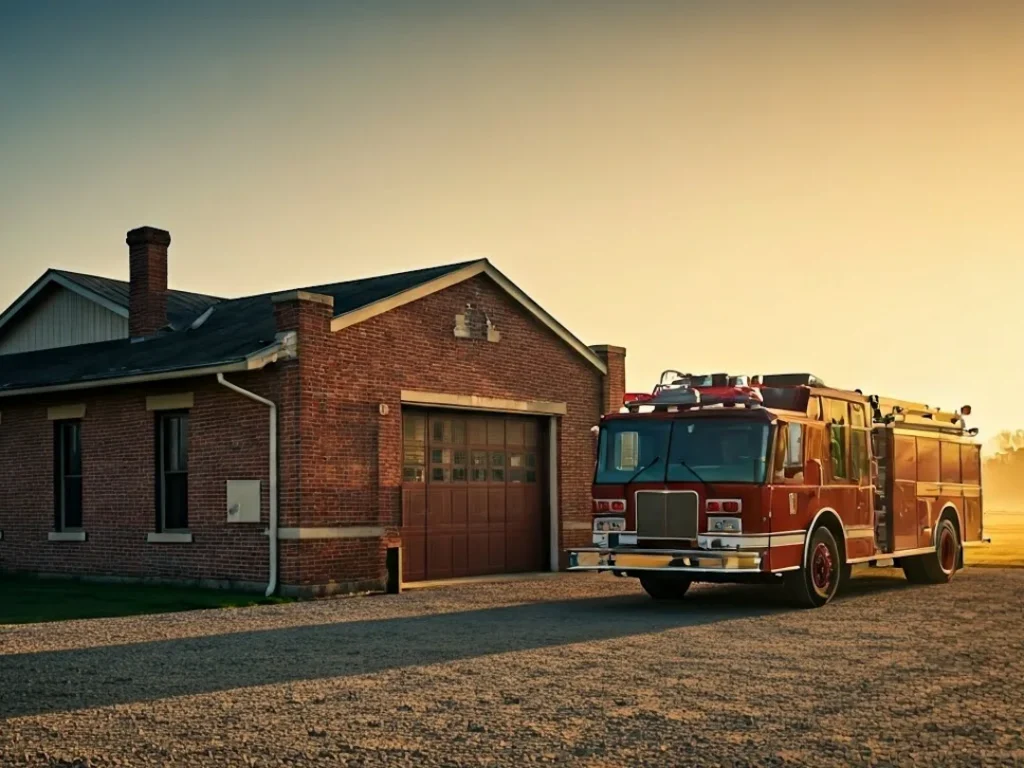Smoke alarms save lives. The problem is, too many homeowners think just owning one is enough. It’s not. Whether it’s improper placement, expired units, or simply forgetting to test them, most people miss the mark when it comes to using smoke alarms correctly. And in fires, missing the mark costs lives.
Every year, the National Fire Protection Association reports that two-thirds of all residential fire deaths occur in homes where smoke alarms were either missing or didn’t work. That’s nearly 1,450 lives lost annually—not because of fire alone, but because of avoidable oversights.
| Smoke Alarm Guidelines | Best Practice |
|---|---|
| Bedrooms | Install inside every bedroom |
| Sleeping Areas | Install outside each sleeping area |
| All Floors | Install on every level, including the basement |
| Common Areas | Install in family rooms, dens, and living rooms |
| Kitchen Proximity | At least 10 feet from cooking appliances |
| Special Needs | Use low-pitch or vibrating models for hearing impaired |
| Monthly Testing | Push the button once a month |
| Battery Replacement | Change batteries yearly—even if it works |
| Device Life | Replace every 10 years |
| Never Do This | Don’t paint over alarms or disable them after false alerts |
You’re Probably Missing the Right Locations
The most common mistake homeowners make is putting smoke alarms in the wrong places—or not putting enough in the right places. You need one inside every bedroom. Not in the hallway. Not just one for the whole floor. Bedrooms. Fires that start in a room while someone is sleeping often go undetected because the alarm is too far away.

Next, install alarms outside each sleeping area. That means the hallway. That means the common area next to the bedrooms. If your home has multiple floors, install at least one on every level, including the basement.
Got a living room or family room where people nap or spend long hours? It needs one too.

Cooking Fires Lead to Dead Alarms
Many people disable or remove their smoke alarm after it goes off while they’re cooking. That’s understandable—but it’s dangerous. A smoke alarm should be placed at least 10 feet away from stoves or ovens to reduce the chance of nuisance alarms.
Never remove the batteries. Never unplug it. Instead, relocate the alarm to a better spot or upgrade to one with a hush button feature.
Not All Smoke Alarms Are Equal
Different homes have different needs. If someone in your household is deaf or hard of hearing, standard alarms won’t work. Use models that include strobe lights, low-frequency alerts, or bed shakers.
Also, interconnected smoke alarms are recommended—especially in multi-story homes. When one goes off, they all go off. This gives everyone in the home an equal chance to hear the alert and respond.
The Expiration Date Is Real
Smoke alarms don’t last forever. They expire after 10 years—even if they still beep during testing. The sensors inside wear down. If you can’t remember when yours was installed, it’s time to replace it.
Check the back of your alarm. Most models have a manufacture date printed there. If it’s been a decade or more, replace it immediately.
You’re Not Testing It Enough
Testing once a year is not enough. Batteries fail. Sensors clog with dust. Your smoke alarm should be tested monthly. Press the button and listen for the alert. If there’s no sound, change the battery or replace the unit immediately.
Even hard-wired smoke alarms with battery backup require routine checks. A quiet alarm doesn’t mean you’re safe—it could mean you’re vulnerable.
Don’t Paint It. Don’t Cover It. Don’t Ignore It.
Some homeowners paint their ceiling and go right over the smoke alarm. Others hang decorations too close. Both can interfere with how the alarm detects smoke.
Never paint your smoke alarm. Never hang anything over or near it. Smoke detection relies on air flow. Block that, and you block your only warning sign in a fire.
More Alarms = More Time to Escape
In a fire, seconds matter. A home can be engulfed in flames in under four minutes. Smoke travels faster than fire. And in most cases, you have less than two minutes to get out safely.
Working smoke alarms give you those two minutes. But only if they’re present. Only if they’re functional. And only if you hear them in time.
Rural Homes Need Even More Attention
In rural areas like Pointe Coupee Parish, response times are naturally longer. That means you can’t rely on help arriving quickly. Early detection becomes your best line of defense.
Older homes may have outdated wiring, wood-burning heaters, or other risk factors that increase the chance of a fire starting. That’s all the more reason to make sure your alarms are modern, correctly placed, and tested.

Think You’re Protected? Double-Check
If you haven’t tested your alarms this month, do it today. If your home doesn’t have an alarm in every bedroom and on every level, fix that. If your alarm is more than 10 years old, replace it.
Fire won’t wait. But you can be ready.
For more resources and home fire safety recommendations, visit NFPA.org.



